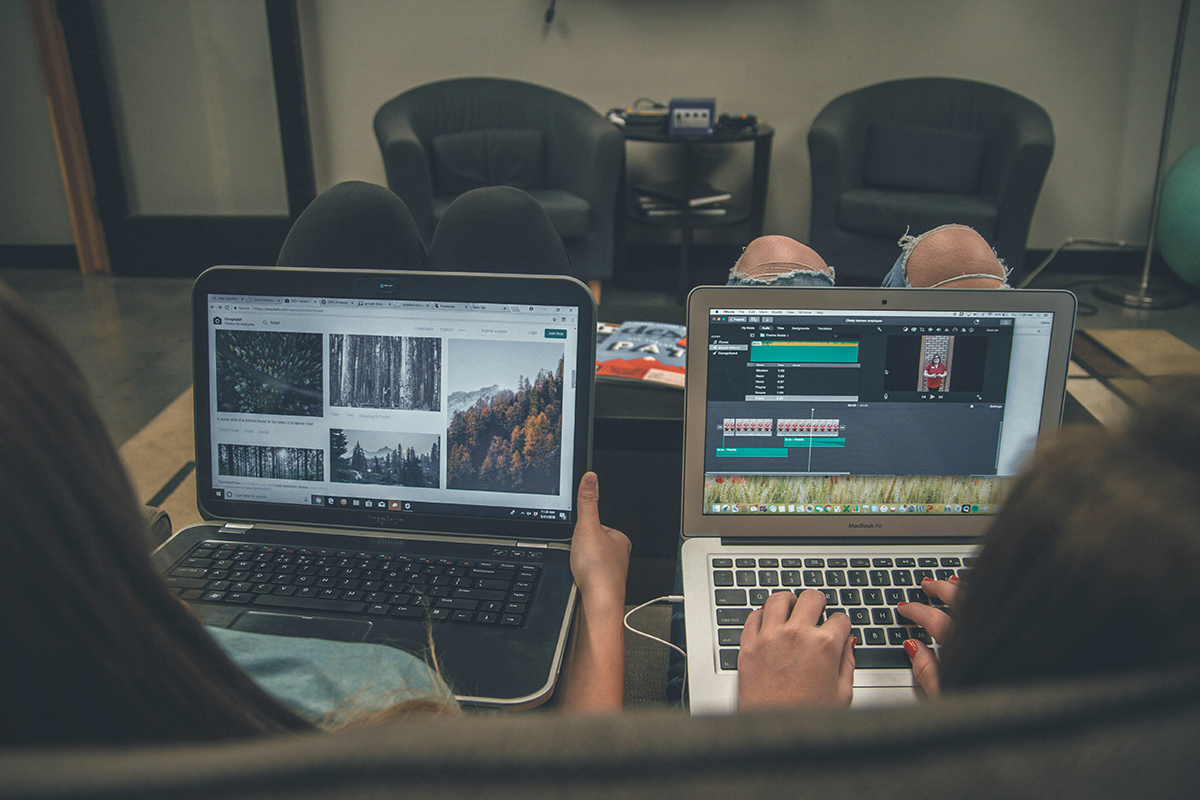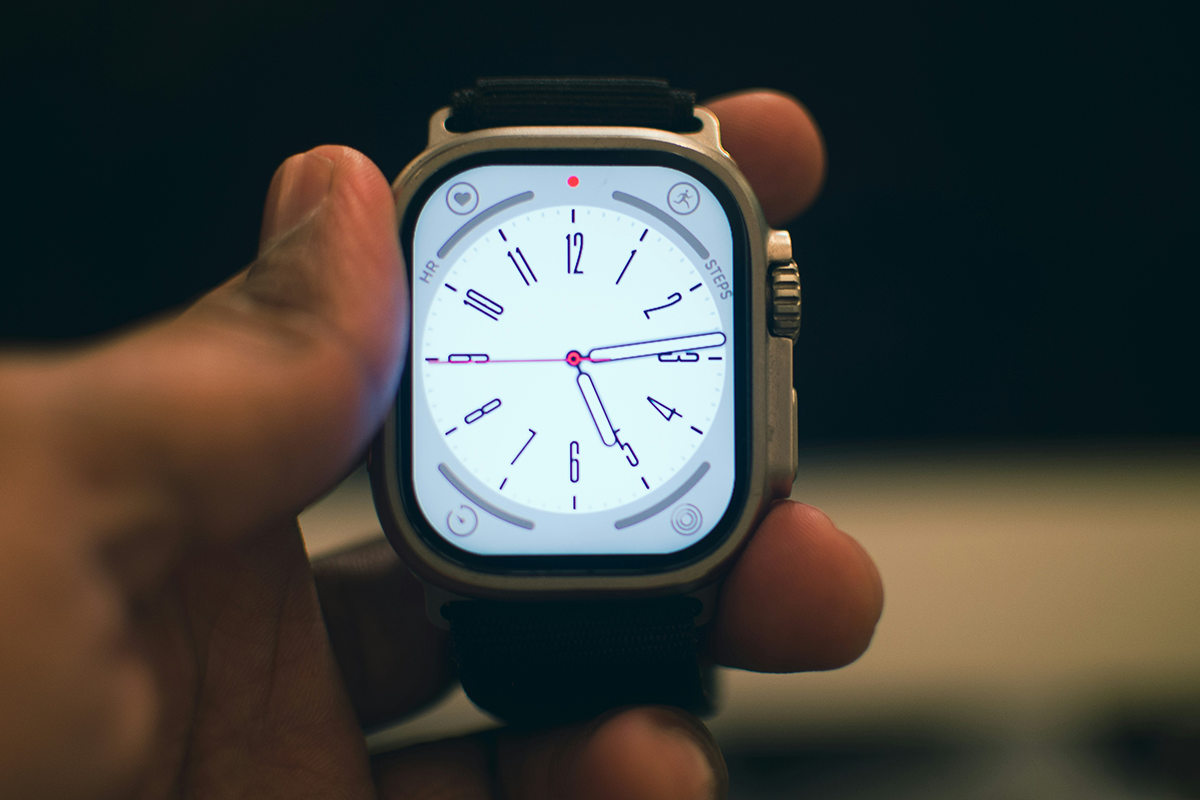Why your screen time is hurting your neck
Bending your head just 15° adds roughly 27 lb (12 kg) of load to the cervical spine; at 45°, it’s closer to 49 lb (Hansraj, 2014). Hours of e-mails, Slack pings, and scrolling lock us into that forward-head posture, stretching neck muscles and compressing discs—what clinicians now call tech neck. Consequences range from nagging stiffness to headaches, arm tingling, and longer-term degenerative changes (Rethorn, 2022). This blog will dive into tech-neck solutions and work-from-home posture correction.
The anatomy of posture correction
- Screen height: Top edge or slightly below eye level keeps the chin parallel to the floor.
- Viewing distance: 50–70 cm (about arm’s length) reduces squinting and hunching.
- Neutral spine: Ears in line with shoulders; shoulders relaxed, not rounded forward.
- Lower body support: Feet flat, knees ~90°, hips tucked against the chair back.
Lock these basic tech-neck solutions in first, then layer on the habits below.
Five everyday tech neck solutions
- Raise the phone, don’t lower your head. Hold the device at eye level or prop it on a pillow/stand. The less tilt, the less torque on your neck.
- Take a micro-break every 30 minutes. Set a gentle chime; stand up, roll shoulders, and perform three slow chin tucks. Two minutes resets muscle tension and boosts circulation.
- Try a reminder app. Simple timers such as specific posture-related apps or built-in wellness nudges on iOS/Android cue you when slouching sets in—an easy digital security blanket for posture.
- Time-blocked posture resets. Pair stretch breaks with calendar tasks (e.g., before each meeting). This time-blocking hook raises follow-through, just like any productivity habit.
- Evening digital sunset. Parking the phone outside the bedroom does double duty: protects sleep and stops late-night craning over screens.
Ergonomics guide: upgrade your workspace
- Monitor riser/laptop stand to hit the correct eye line.
- Adjustable chair with lumbar support; seat pan at knee height.
- External keyboard & mouse to keep elbows ~90° and wrists neutral.
- Document holder beside the screen so you don’t constantly glance down.
Small swaps beat expensive overhauls—stack books under a monitor, use a folded towel for lumbar support, or repurpose a shoebox as a footrest.
Why consistency beats intensity
Physios liken posture to dental hygiene: a daily routine, not a one-time fix. Research shows short, frequent ergonomic adjustments reduce perceived neck pain more than occasional marathon stretch sessions (Rethorn, 2022). Think maintenance, not rehab.
Quick start for tomorrow
- Tonight – Set two phone alarms for tomorrow: 10 am. & 3 pm., label them “Neck reset.”
- Morning – Stack three books under your monitor; test eye-level alignment for posture correction.
- Workday – Try a 20–20–20 rule: every 20 min, look 20 ft away for 20 sec.
- Evening – Plug your phone to charge outside the bedroom; enjoy a screen-free wind-down.
Track neck tension for a week. If pain persists or radiates down the arm, consult a healthcare professional.
References
- Hansraj, K. K. (2014). Assessment of stresses in the cervical spine caused by posture and position of the head. Surgical Technology International, 25, 277–279.
- Rethorn, Z. D. (2022). From expert to coach: health coaching to support behavior change within physical therapist practice. Physiotherapy Theory and Practice, 38(13), 2352–2367. https://doi.org/10.1080/09593985.2021.1987601
*Disclaimer: Offline Now offers educational coaching tips, not medical or therapeutic advice; please consult a qualified health professional for personal or clinical concerns.*




